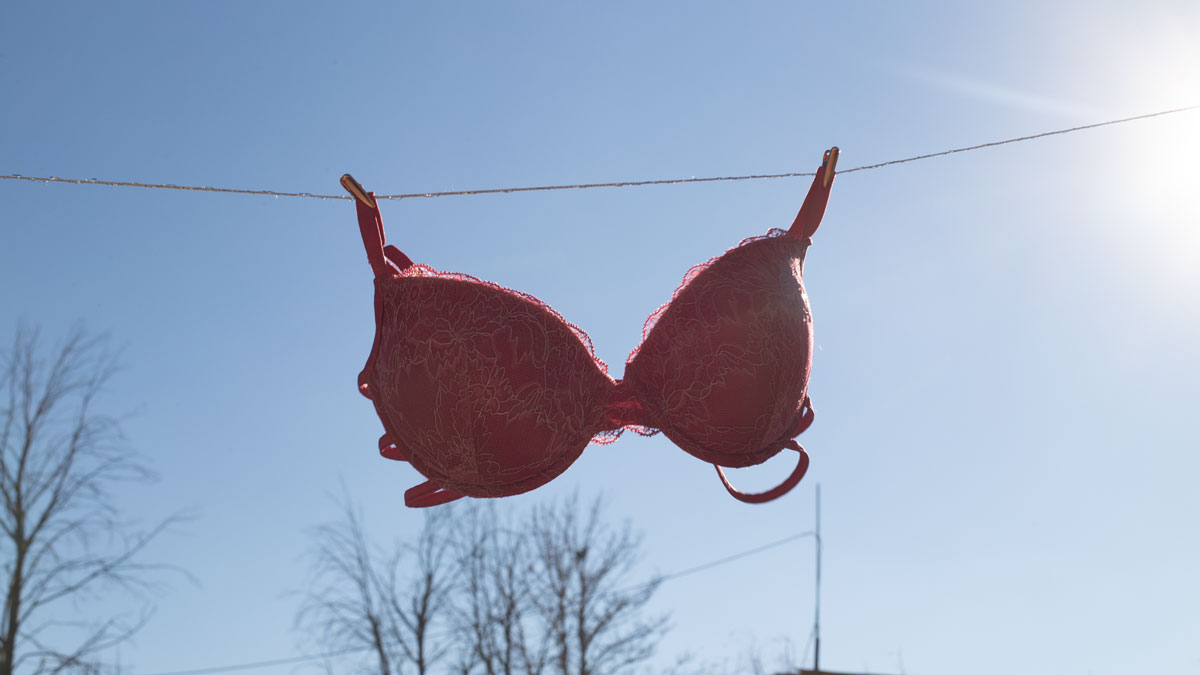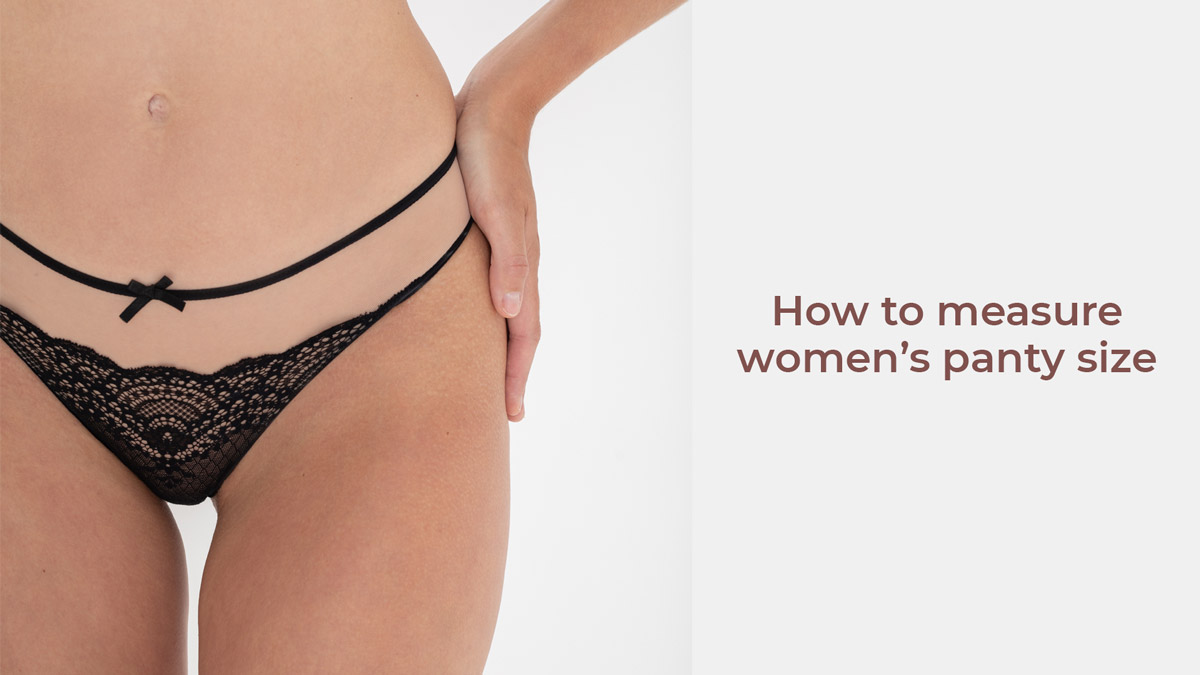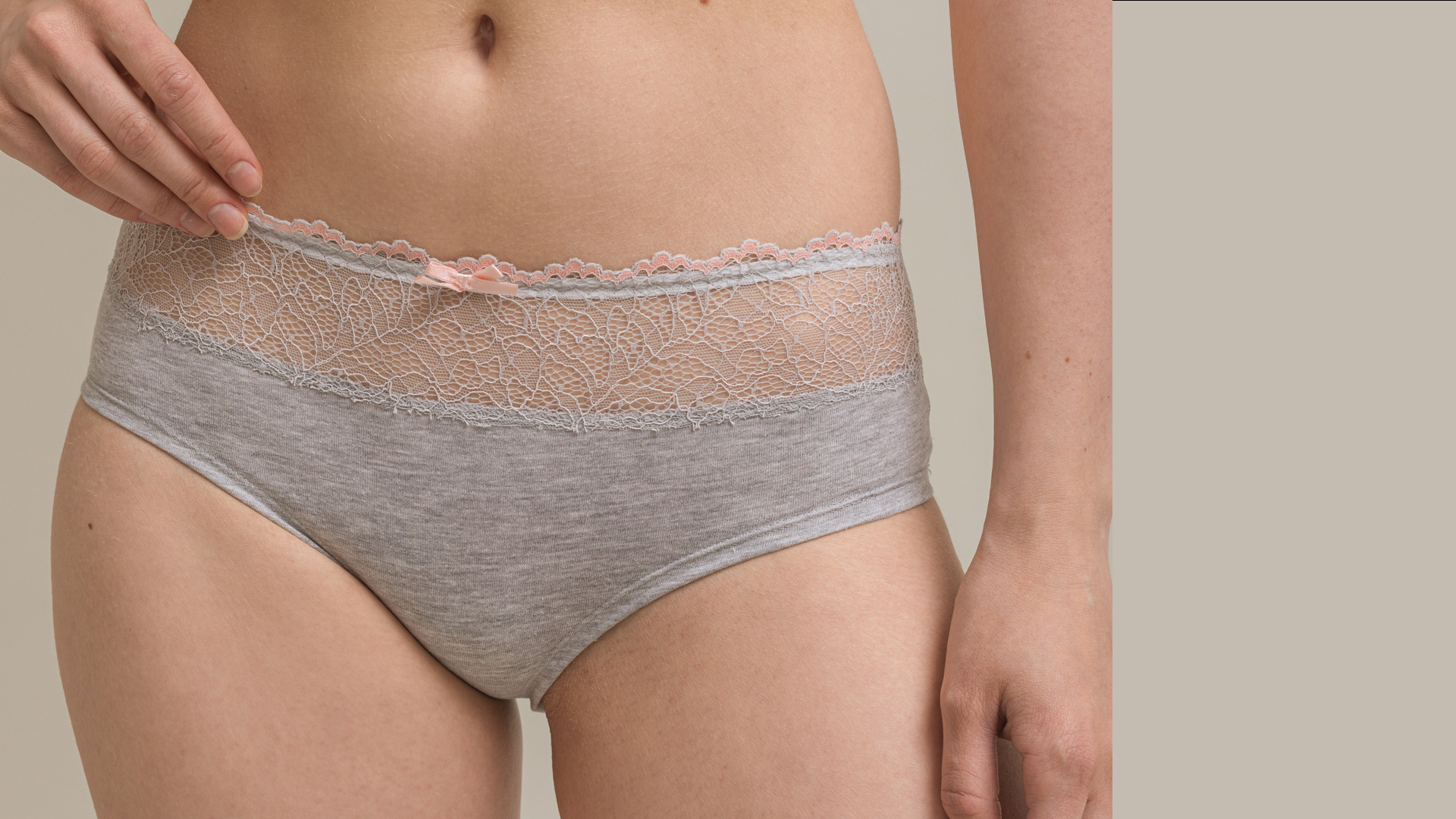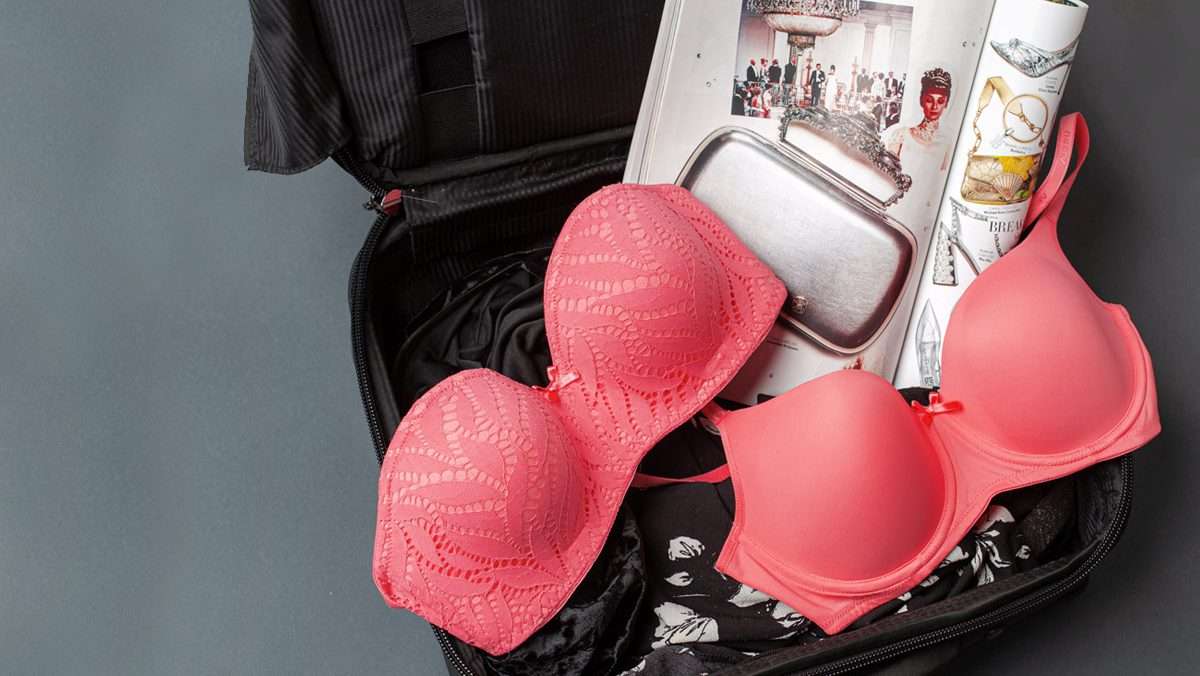Maintaining cleanliness and hygiene in our underwear is of paramount importance for overall health and well-being. Underwear serves as a barrier between our bodies and the external environment, and proper hygiene practices help prevent the accumulation of sweat, bacteria, and other microorganisms that can lead to discomfort, odor, and even infections. In this article on the Neev website, we have addressed this important topic.
How can I sterilize my underwear?

If you’ve had a yeast infection and want to ensure that your bra is thoroughly disinfected to prevent any potential reinfection, here’s what you can do:
- Boiling: Boiling is an effective way to sterilize fabrics. You can boil your underwear in water for at least 10-15 minutes to kill any bacteria or pathogens. However, be cautious as boiling might damage delicate fabrics or elastics.
- Using Disinfectants: You can use disinfectants like bleach or hydrogen peroxide to sterilize your underwear. Follow the instructions on the product label for dilution and usage. Make sure to rinse your underwear thoroughly after disinfecting to remove any residue.
- Steam Cleaning: Some steam cleaners come with attachments specifically designed for fabrics. You can use these to steam clean your underwear, which can effectively kill bacteria and germs.
- UV-C Light: UV-C light has germicidal properties and can be used to sterilize surfaces including fabrics. There are UV-C light wands available in the market that you can use to sterilize your underwear. Follow the manufacturer’s instructions carefully to ensure safety and effectiveness.
- Washing Machine: Washing your underwear in hot water with a disinfectant laundry detergent can also help sterilize them. Set your washing machine to the hottest water setting recommended for the fabric type and add a disinfectant laundry detergent according to the manufacturer’s instructions.
- Sunlight: Sunlight has natural disinfectant properties due to UV radiation. You can hang your underwear outside in direct sunlight for a few hours to help kill bacteria and odors. However, this method may not be as effective as others listed above.
By following these steps, you can effectively disinfect your Neev lingerie and reduce the risk of reinfection after a yeast infection. Additionally, it’s important to practice good personal hygiene and follow any treatment recommendations from your healthcare provider to prevent future yeast infections.
Always check the care label on your underwear to ensure that the sterilization method you choose is safe for the fabric. Additionally, remember to handle any disinfectants or cleaning agents with care and follow safety precautions to protect yourself and your garments.
Does bacteria stay on underwear after washing?

In most cases, washing your bras and panties with detergent and water will effectively remove the majority of bacteria present on the fabric. However, it’s important to note that some bacteria may still remain after washing, especially if the washing process is not thorough or if the water temperature is not hot enough to kill all bacteria.
Several factors can influence the effectiveness of bacterial removal during washing:
- Water Temperature: Using hot water (at least 140°F or 60°C) can help kill bacteria more effectively during the washing process. Lower temperatures may not be as effective at eliminating bacteria.
- Detergent: Using a good-quality laundry detergent is important for removing bacteria from underwear. Detergents contain surfactants and other ingredients that help to lift dirt, oils, and bacteria from fabrics.
- Washing Technique: Proper agitation and thorough rinsing during the washing cycle can help to dislodge and remove bacteria from the fabric.
- Fabric Type: Some fabrics may hold onto bacteria more than others. For example, synthetic fabrics like nylon or polyester may be more prone to bacterial growth compared to natural fibers like cotton.
- Drying: Drying your underwear thoroughly after washing is important. Bacteria thrive in damp environments, so make sure your underwear is completely dry before storing it away.
While washing effectively reduces the bacterial load on your underwear, it’s impossible to completely eliminate all bacteria. However, regular washing with detergent and hot water should be sufficient to maintain good hygiene and minimize the risk of bacterial contamination. If you have specific concerns about bacterial contamination, you can also consider using disinfectant laundry additives or washing your underwear at higher temperatures.
Do you need to sanitize underwear?

Generally, sterilizing underwear is not necessary for everyday wear. Underwear that is regularly washed using proper laundering techniques is typically clean and hygienic enough for normal use. However, there may be certain circumstances where sterilizing underwear could be considered:
Medical Reasons: If you have a medical condition that compromises your immune system or makes you particularly susceptible to infections, your healthcare provider may recommend sterilizing your underwear to reduce the risk of bacterial or fungal contamination.
After Illness: If you’ve been ill with a contagious infection, such as a yeast infection or a sexually transmitted infection, you may choose to sterilize your underwear to prevent reinfection or transmission to others.
Special Circumstances: In some situations where hygiene is of utmost importance, such as in healthcare settings or certain industrial environments, sterilizing underwear may be necessary to meet strict cleanliness standards.
Personal Preference: Some individuals may simply prefer the peace of mind that comes with wearing sterilized underwear, especially if they are particularly sensitive to odors or prone to skin irritation.
In most cases, however, regular laundering with detergent and hot water is sufficient to keep Neev underwear clean and hygienic. It’s important to follow proper laundering practices, such as washing underwear after each wear, using hot water and an appropriate detergent, and thoroughly drying them before wearing or storing. If you have specific concerns about the cleanliness of your underwear, it’s always best to consult with a healthcare professional for personalized advice.
Ultimately, the decision to sterilize underwear should be based on individual preferences, health considerations, and specific needs. Don’t settle for anything less than the best when it comes to your intimate apparel. Visit the Neev website today and discover a world of comfort, quality, and style in our premium collection of underwear.















Leave a Reply